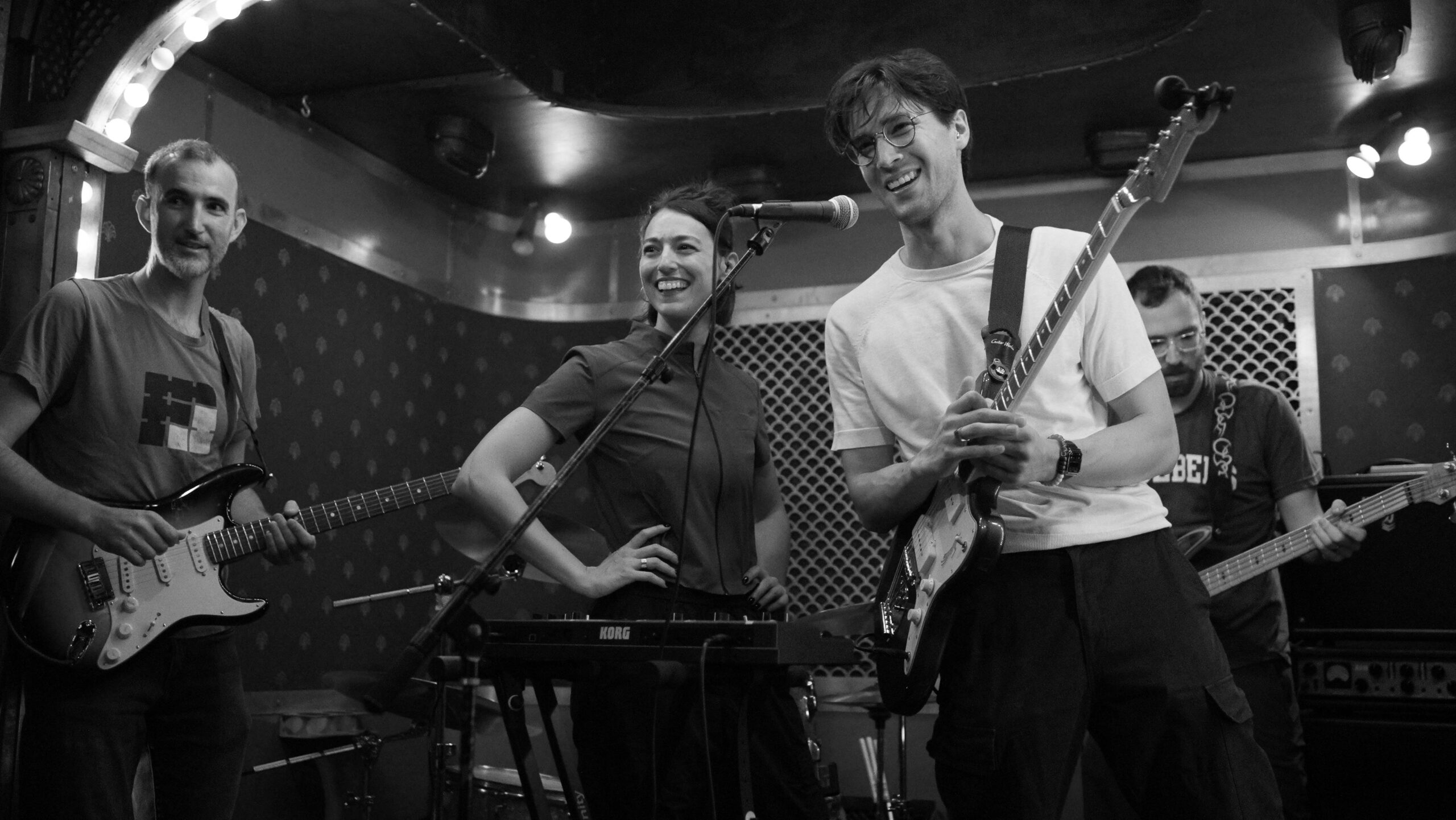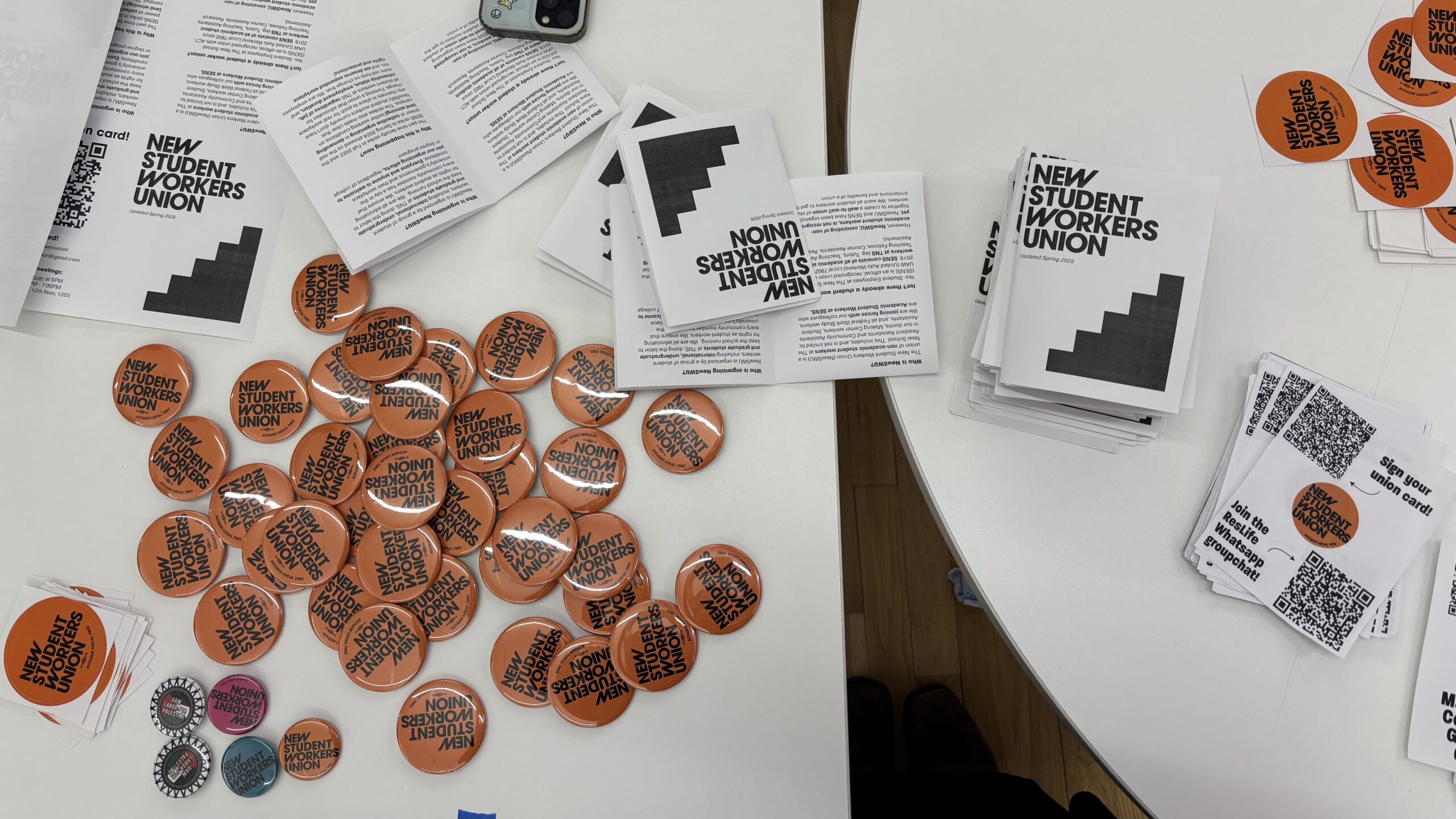Six months after an electrical fire shuttered 2 W. 13th St. and affected more than 4,100 students, the mostly-Parsons building re-opened for the fall semester. Some students were still angry about the lost time and money that the fire caused.
On Apr. 2, an electrical fire erupted in the basement, spreading contamination throughout the building. The building is home to many shops and studio part of the Making Center.
The fire left traces of dioxin, lead, metal, and carbon soot that travelled mostly through the basement, printmaking shop, and ceramics shop. There was also fire damage in the switchgear room.
Richard Supriano, a communication design major who graduated in 2018, ran into serious issues last semester as a result of the fire.
“All my inventory was downstairs, all my sketches, all my film,” Supriano said. ”I spent a shit-ton of money. Inks. I couldn’t retrieve it,” he said.
Supriano was not compensated for his items until mid-August, he said.
All of the shops have been re-opened as of Oct. 3. Five out of the six kilns damaged in the fire have been replaced, as of Oct. 5.
Aziza Rozi, a fashion design major, was upset about the closing and loss of items.
After she spent $500 for a project, Rozi was unsure of when she would be able to retrieve her things. So she snuck in.
“When you’re in a time when you’re really desperate, that’s what you do,” she said.
The university made a workspace available to printmaking and ceramics students that have graduated, so they can make up for lost working time.
Max Garett, associate manager of the N2 general shop at the Making Center, said, “It was kind of a rush to get things up and running. Some things took a little longer because of construction and cleaning and things like that. But so far, everything’s working out pretty well.”
“It was a nightmare,” said Joe Hirsch, a full time technician in the Design Lab, which is located on the tenth floor of the 2 W 13 building.
A few days after the fire, the Design Lab was relocated to the basement and second floor of the University Center, as well as on the sixth floor of 6 E 16th St. Hirsch and other staff from the Making Center had to move large equipment and machines, such as printers and embroidery machines, through small elevators and rain.
“That was very painful. Luckily no one got hurt. We pushed everything,” Hirsch said.
Construction plans for a textile design studio, as well as a facility for communication design and illustration had to be put on hold as a result of the fire, said Joel Towers, executive dean of Parsons.
“Both of those projects had to be put on delayed construction schedules and then expedited to get them ready for the beginning of the semester, so we lost all of our wiggle room,” Towers said.
The New School will use infrared technology to check all of their switchgear to make sure there aren’t any shortages, loose connections, or similar issues, said Thomas Whalen, director of facilities management.
The university was not able to provide an estimate on the amount of damage the fire did to 2 W. 13th St.
Towers and Whalen said that since this incident, every student that submitted a request has been reimbursed.
However, at least one student has not received any follow up or money to reimburse her work.
Ashton Doukas, a fine arts student, is still waiting for a response from the school as of Oct. 5. Her project was in the basement, where the fire originated. Doukas estimates a loss of $150 worth of materials.
“I filled out that whole form, I put everything like I put so much detail into it,” Doukas said.” And I’ve heard nothing.”
Although the university has made steps they believe will prevent a similar fire from happening again, for many, the damage has already been done.
“The fire kind of made me change my whole schedule completely and I really had to manage what I could print and what I couldn’t print,” Supriano said.
“I slowed down a lot. I feel like I would have been, really would have been famous by now if it wasn’t for the fire,” Supriano said.







